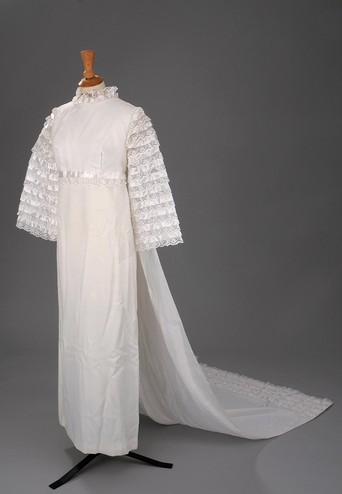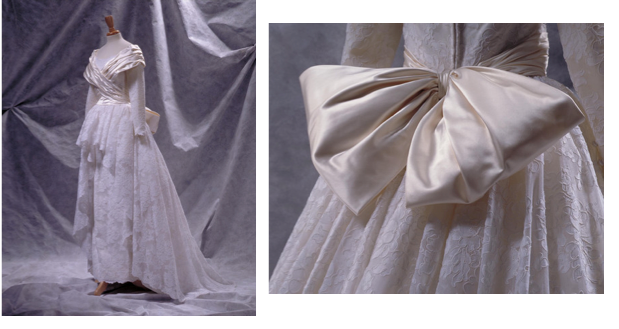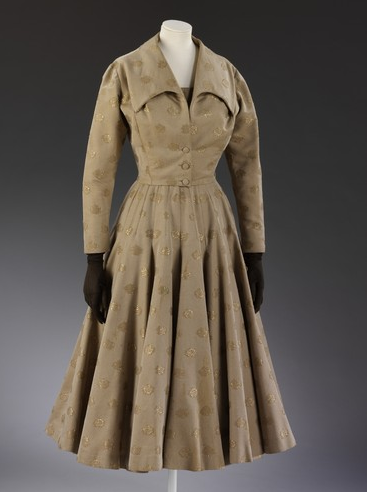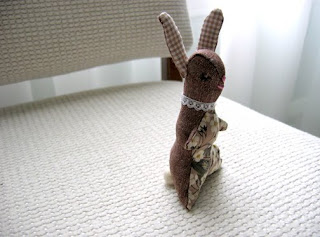Some writers have so confounded society with government, as to leave little or no distinction between them; whereas they are not only different, but have different origins. Society is produced by our wants, and government by our wickedness; the former promotes our happiness positively by uniting our affections, the latter negatively by restraining our vices. The one encourages intercourse, the other creates distinctions. The first a patron, the last a punisher.
The post Thomas Paine’s Common Sense turns 240 years old appeared first on OUPblog.
Like many, I’m still digesting the Supreme Court’s Obergefell decision—not just its text, but its personal and social significance. When I wrote Debating Same-Sex Marriage with Maggie Gallagher (Oxford University Press, 2012), only a handful of states permitted same-sex couples to marry. In the three years since, that handful grew to dozens; last Friday’s decision grows it to all 50. One striking thing about the decision itself is the importance of the definitional question: What is marriage?
One striking thing about the decision itself is the importance of the definitional question: What is marriage?
If the state prohibits same-sex couples from marrying, does it thereby interfere with their liberty, as the majority argues, or does it simply decline to grant them certain benefits? If the latter, is it treating them unequally—and thus violating the Equal Protection clause of the 14th Amendment—by privileging certain citizens without sufficient reason for the distinction? The answer depends on what marriage is. If marriage by definition requires (at least) one man and one woman, then same-sex “marriage” is impossible by definition, and one does not treat people unfairly by denying them something impossible.
The post What marriage (equality) means appeared first on OUPblog.
Are the political ideals of liberty and equality compatible? In this video, OUP author James P. Sterba of University of Notre Dame, joins Jan Narveson of University of Waterloo, to debate the practical requirements of a political ideal of liberty. Not only Narveson but the entire audience at the libertarian Cato Institute where this debate takes place is, in Sterba’s words, ”hostile” to his argument that the ideal of liberty leads to (substantial) equality. Sterba goes on to further develop that argument in From Rationality to Equality.
Click here to view the embedded video.
James P. Sterba is Professor of Philosophy at the University of Notre Dame. His latest work, From Rationality to Equality, publishes in February 2013. His previous publications include Three Challenges to Ethics (OUP, 2001), The Triumph of Practice over Theory in Ethics (OUP, 2005) and Does Feminism Discriminate Against Men? A Debate, with Warren Farrell (OUP, 2007). He is past president of the American Philosophical Association (Central Division).
Subscribe to the OUPblog via email or RSS.
Subscribe to only philosophy articles on the OUPblog via email or RSS.
Subscribe to only law and politics articles on the OUPblog via email or RSS.
The post Are the political ideals of liberty and equality compatible? appeared first on OUPblog.

By Elvin Lim
America is the only country in the world that that has the luxury of creating an economic crisis when there isn't one. Ours is the only democracy with a debt ceiling, with the exception of Denmark, which raises its ceiling well in advance of when it would be reached. Economists say that our "debt crisis" is an unforced error, because people are more than willing to lend us money, at pretty good rates. This is the benefit of having a really good credit score.

By Elvin Lim
Yesterday was Independence Day, we correctly note. But most Americans do not merely think of July 4 as a day for celebrating Independence. We are told, especially by the Tea Partying crowd, that we are celebrating the birth of a nation. Not quite.
Independence, the liberation of the 13 original colonies form British rule, did not create a nation any more than a teenager leaving home becomes an adult. Far from it, even the Declaration of Independence (which incidentally, was not signed on July 4, but in August), did not even refer to the “United States” as a proper noun, but instead, registered the “unanimous Declaration of the thirteen united States of America.” And that was all we were in 1776 – a collection of states with no common mission, linked fate, or general government. This was the understanding of the the Franco-American treaties of 1778, which referred to the “United States of North America.”
America was not America until it was, well, constituted. The United States of America was born after the 9th State ratified the US Constitution, and Congress certified the same on September 13, 1788. So we should by all means celebrate the 4th, but confusing Independence with the birth of a nation has serious constitutional-interpretive implications. If the two are the same, then the Declaration’s commitment to negative liberty — freedom from government — gets conflated with the Constitution’s commitment to positive liberty — its charge to the federal government to “secure the Blessings of Liberty.” The fact of the matter is that government was a thing to be feared in 1776. Government, or so the revolutionaries argued, was tyrannical, distant, and brutish. But it was precisely a turnaround in sentiment in the years leading up to 1789 — the decade of confederal republican anarchy — that the States came around to the conclusion that government was not so much to be feared than it was needed. This fundamental reversal of opinion is conveniently elided in Tea-Party characterizations of the American founding.
It is no wonder that politicians can get American history so wrong if we ourselves — 84 percent, according to the National Constitution Center’s poll in 1997 — actually believe that the phrase “all men are created equal” are in the Constitution. Actually, quite the opposite. Those inspirational words in the Declaration of Independence have absolutely zero constitutional weight, and they cannot be adduced as legal arguments in any Court in the nation.
Nations are not built by collective fear. Jealousy is a fine republican sentiment, especially if it is directed against monarchy, but it is surely less of a virtue when directed against a government constituted by We the People unless jealousy against oneself is not a self-defeating thing. What remains a virtuous sentiment, in monarchies or in republics, however, is fellow-feeling, a collective identification with the “general Welfare.” America can move in the direction of “a more perfect Union” only if citizens can come to accept that the Declaration of Independence was the prelude to the major act, and not the culminating act in itself. At the very least, we could get an extra federal holiday in September.

By Justyna Zajac and Michelle Rafferty
The Royal Wedding is days away and every detail – from the regal breakfast to the honeymoon – is under scrutiny. But we think there’s only one thing that really matters: the dress. So, we’ve taken it upon ourselves to select a few options for Miss Kate. In the off-chance she turns us down, we’ve paired up other celebrity brides-to-be with these charming gowns. Pictures and historical facts courtesy of The Berg Fashion Library.

Artist/Maker: Emenson, ca. 1970
We hope that “Kate the Great” soars in her new role as princess, and she literally can, with
these wing-like sleeves and a 188 cm long cape, eh train, 188 cm long train.
Back-up celebrity: If Kate vetos, we recommend this one for Natalie
Portman (she was after all, a much better white swan).

Artist/Maker: Created for the Corvin Department Store in 1943 (Hungary)
We think the white georgette embroidered apron is a nice way for Kate to let the
people of England know she will never forget her “humble” roots.
Back-up celebrity: Jessica Simpson (we hear she’s on the lookout for a
low-cut dress, which for the 40s this was).

Artist/Maker: Victor Edelstein, 1987 (Great Britain)
Newsweek recently stated: “In a world gone to hell – thank God, a wedding.”
We couldn’t agree more. This a gift to the world, so lets put a bow on it (see: enormous bow above).
Back-up celebrity: Amy Adams (lest we forget her princess flair).

0 Comments on 5 dresses for Kate as of 1/1/1900




















very very sweet...i love rabbits!
Sam xx